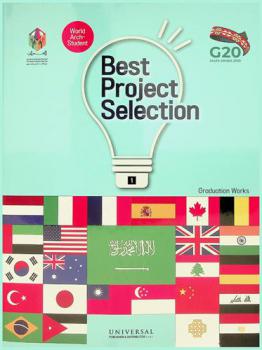Asset Details
MbrlCatalogueTitleDetail
Do you wish to reserve the book?

Demystifying Mosques Architecture in Qatar
by
Al-Suwaidi, Hamad J. S
in
Architecture
/ Islamic Studies
2019

Hey, we have placed the reservation for you!
By the way, why not check out events that you can attend while you pick your title.
You are currently in the queue to collect this book. You will be notified once it is your turn to collect the book.

Oops! Something went wrong.
Looks like we were not able to place the reservation. Kindly try again later.
Are you sure you want to remove the book from the shelf?

Oops! Something went wrong.
While trying to remove the title from your shelf something went wrong :( Kindly try again later!
Do you wish to request the book?

Demystifying Mosques Architecture in Qatar
by
Al-Suwaidi, Hamad J. S
in
Architecture
/ Islamic Studies
2019
Please be aware that the book you have requested cannot be checked out. If you would like to checkout this book, you can reserve another copy

We have requested the book for you!
Your request is successful and it will be processed during the Library working hours. Please check the status of your request in My Requests.

Oops! Something went wrong.
Looks like we were not able to place your request. Kindly try again later.

Dissertation
Demystifying Mosques Architecture in Qatar
2019
Request Book From Autostore
and Choose the Collection Method
Overview
There is a gap in documentation, research and study with respect to contemporary and post-modernism architecture in Qatar, especially for mosques. Little attention has been given to such designs, there are not as appreciated as traditional historic mosques. Lack of appreciation of such mosques resulted in some being demolished or refurbished to lose the original design, at times with little documentation as well. This is a lost part of the local architecture history that we can no longer recover. It is imperative that we give contemporary design the acknowledgment that it is a part of our current local identity that needs to be documented and preserved.This thesis is a study is to characterize the variation in the mosque architecture in Qatar, to document and to analyze the architecture trends, as the architecture is changing rapidly in Qatar. This research is an historical interpretative and comparative research approach: past vs. present, modern vs. traditional. Data was gathered and organized from various forms of archival records, literature fieldwork. Field visits of the mosques were conducted with detailed study and documentation of the architectural features. Highlights of the contemporary mosques studied in detail are the designs of Mohammed Makiya, and Abdulhalim Ibrahim as well as the Awqaf Prototype mosque. In addition, other mosques were discussed briefly such as the Mosque of Mohammed bin Abdulwahab, and and Sheikh Abdullrahaman Bin Mohamed Al-Thani Mosque as well as others.There have been various key factors in the evolving architecture trends in Qatar: political, economical and social. These factors combined have resulted in a shift from traditional simple primitive design pre-1950s, to modernistic extravagant designs in the early 1970s, and to a modern traditional simple design today. The shift in these trends is related to the influences at the time and the national vision predominately. Today, with a national initiative to tie the local identity to architecture, traditional design has been given importance. In efforts to revive traditional architecture, contemporary design fell behind. The local identity however, is not limited to being traditional, as we are in a modern age. The local identity is a modern Muslim state and population, therefore, there should be a balance between traditional and modern design. This is what the prototype mosque project aimed and succeeded to do.
This website uses cookies to ensure you get the best experience on our website.







